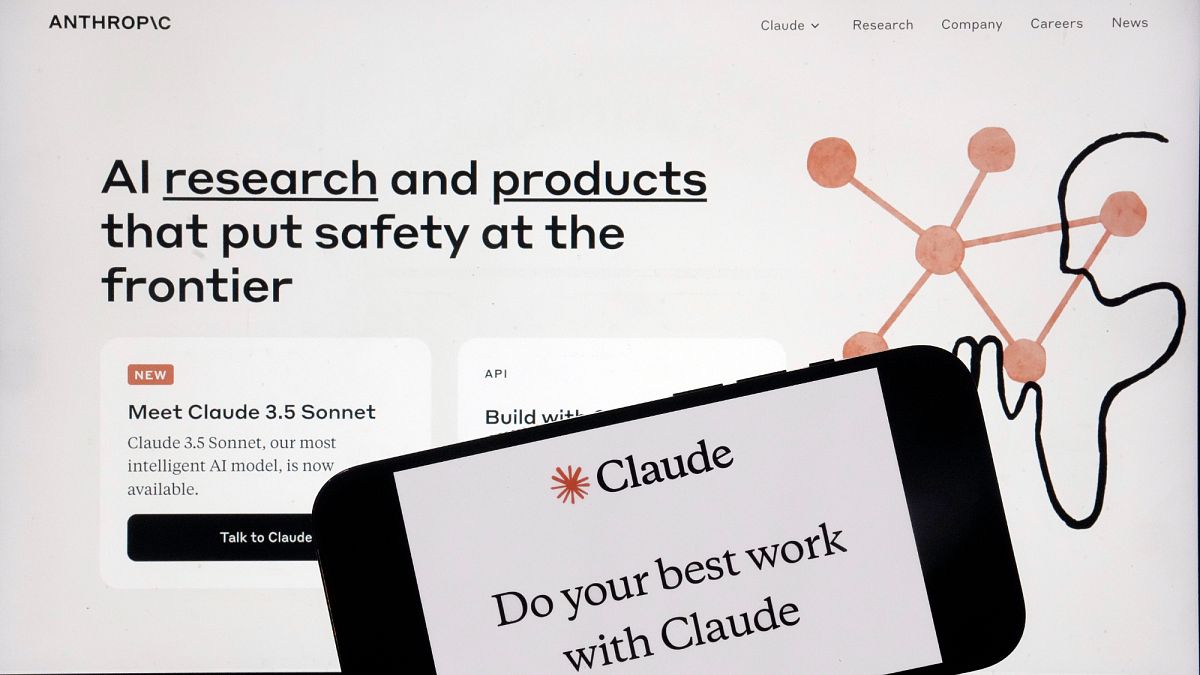

In recent days, two significant advancements in the fields of artificial intelligence and medical technology have captured attention, illustrating the dynamic progress within these ever-evolving domains. The developments, comprising landmark legal victories for AI-powered firms and remarkable innovations in medical technology, underscore a future shaped by cutting-edge scientific explorations.
Firstly, in the United States, two prominent names in artificial intelligence, Meta and Anthropic, have achieved significant legal victories. The verdicts, delivered by US courts, have affirmed their rights concerning the use of copyrighted books in training AI models. This decision marks a pivotal moment in the AI industry’s evolution, resolving contentious debates about intellectual property and ethical considerations in AI training processes.
These legal outcomes are set to bolster the development of AI technologies by ensuring that companies can leverage a diverse range of data while traversing the boundaries of intellectual property laws. This assurance of accessibility to expansive data sets is crucial for refining AI algorithms and enhancing their prowess in various applications, from language processing to generating creative content.
Simultaneously, groundbreaking advances have been reported in the realm of medical technology with the innovative use of micro-robotic systems. Researchers from China and Hong Kong have introduced swarms of tiny robots engineered to address sinus infections effectively. Each micro-robot, minute in stature yet immense in potential, is smaller than a grain of sand. In pre-clinical trials, these diminutive devices were successfully deployed within animal sinuses, showcasing their potential to alleviate persistent infections.
The micro-robots, once inserted, work diligently to eradicate infection, after which they are designed to be expelled naturally from the body. This pioneering approach could lead to significant improvements in treating sinusitis, offering a novel solution where conventional methods continually fall short.
However, like many technological strides, these innovations bring with them challenges and considerations. There are discussions surrounding the safe removal of these microscopic entities from the human body to prevent any residual presence that might cause complications. Furthermore, as with any new technology, public perceptions and trust are critical factors influencing its acceptance and integration into mainstream medical practice.
Both these developments—of AI companies securing their operational frameworks and the introduction of revolutionary medical solutions—point to a broader narrative of innovation and adaptation. As researchers, legal experts, and technologists navigate these complex yet promising waters, they lay the groundwork for future advancements that could redefine industries and improve human lives meaningfully.
Such breakthroughs build on a legacy of curiosity and perseverance, demonstrating humankind’s enduring quest for knowledge and improvement. The convergence of technology and society continues to write a fascinating story—one where the potential for positive impact is vast and the opportunities for growth are boundless.
Source: {link}
